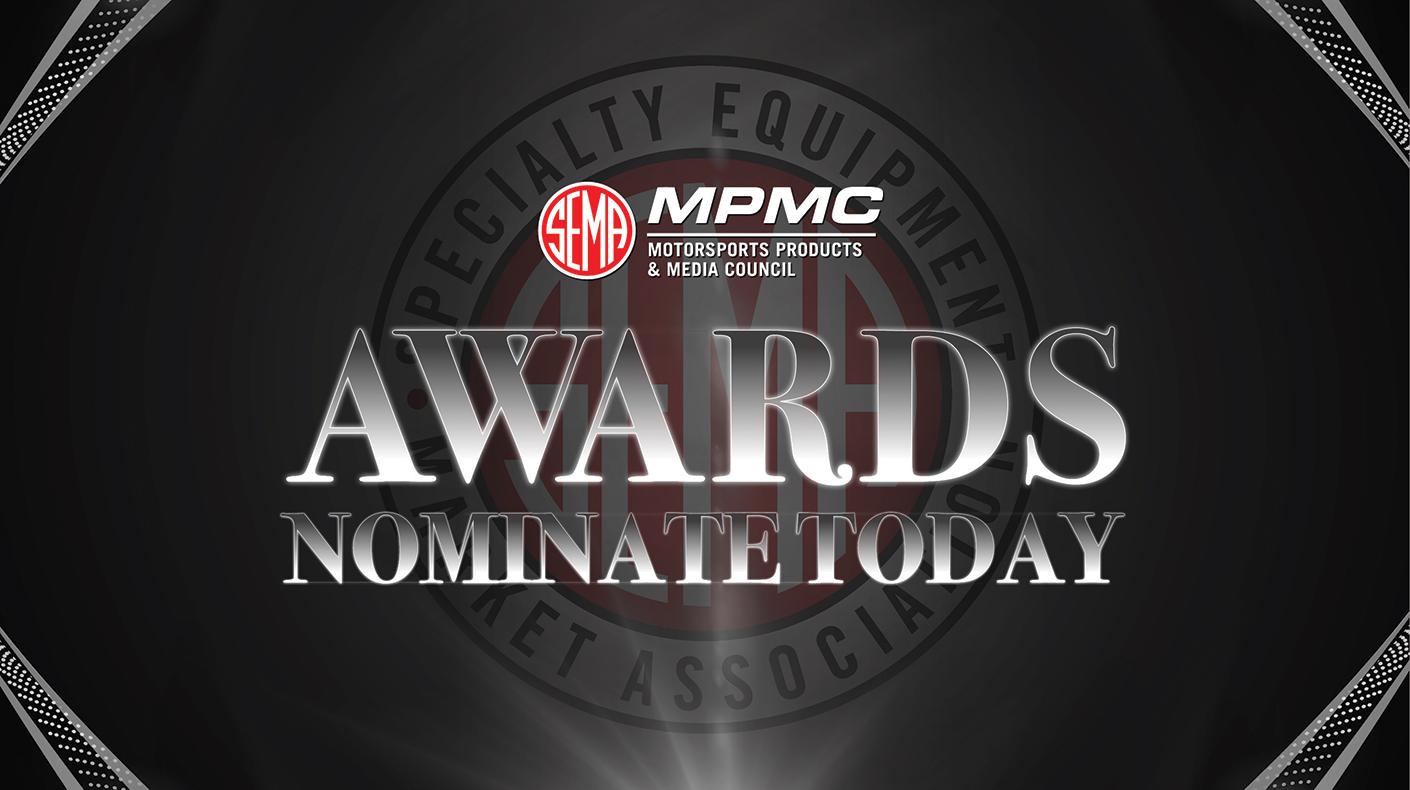In an effort to protect its citizens from unsolicited e-mails, Canada has enacted new restrictions on commercial electronic messages that are scheduled to go into effect July 1, 2014.
The new Canadian law differs from the CAN-SPAM Act in the United States, which places comparatively minor restrictions on commercial electronic communications by requiring the sender to provide a way for the recipient to “opt out” from receiving future messages. Senders then have 10 days to remove the recipient’s e-mail address from their database, though most companies now include hyperlinks at the bottom of their e-mails to allow recipients to opt out immediately to ease the burden of compliance. After opting out, recipients must provide affirmative consent to receive electronic messages from a particular sender in the future.
Instead of adopting an opt-out regime, Canada’s new anti-spam law takes the opposite approach by requiring recipients (consumers) to opt in to receive commercial electronic messages. Recipients can opt in expressly or impliedly, but the burden is on the company sending the message to prove consent, so express consent is preferable and often required. The law also mandates that all messages include an opt out or “unsubscribe” mechanism and requires the name and mailing address of the sender be included in messages.
This means that starting July 1, 2014, companies will be prohibited from e-mailing their contacts in Canada without first obtaining consent. Up to July 1, companies may still e-mail their contacts and request affirmative consent for future communications.
Checklist for compliance:
- Obtain consent – consent may be express or implied, but the burden of proving consent is on the sending party. The law lists various situations in which consent will be implied, such as when there is an existing business relationship. An existing business relationship is defined within the statute, with one example being where a customer has purchased a good or service from the company within the past two years.
- Identify your company – the company sending the message, as well as all companies on whose behalf the message is sent, must be identified in e-mails you send out. This identification must include the name and mailing address at which the sender can be reached for at least 60 days following the communication. If it is not practicable to include this information in the body of the message, a clear and conspicuous hyperlink to a webpage containing this information is acceptable.
- Include an unsubscribe mechanism – your messages to consumers in Canada must include a clear and conspicuous way for the recipient to opt out of future messages. This can be achieved using a hyperlink in the message that unsubscribes the recipient when clicked or a hyperlink that directs the recipient to a webpage at which they can opt out from all or specified future communications.
For more information, contact Ashley Ailsworth at ashleya@sema.org.





